Ruminations today on what we mean by the “strong female character” and why this might be a more relevant conversation than I thought, given the state of feminism and challenges some female friends are facing.

RITA ® Award-Winning Author of Fantasy Romance
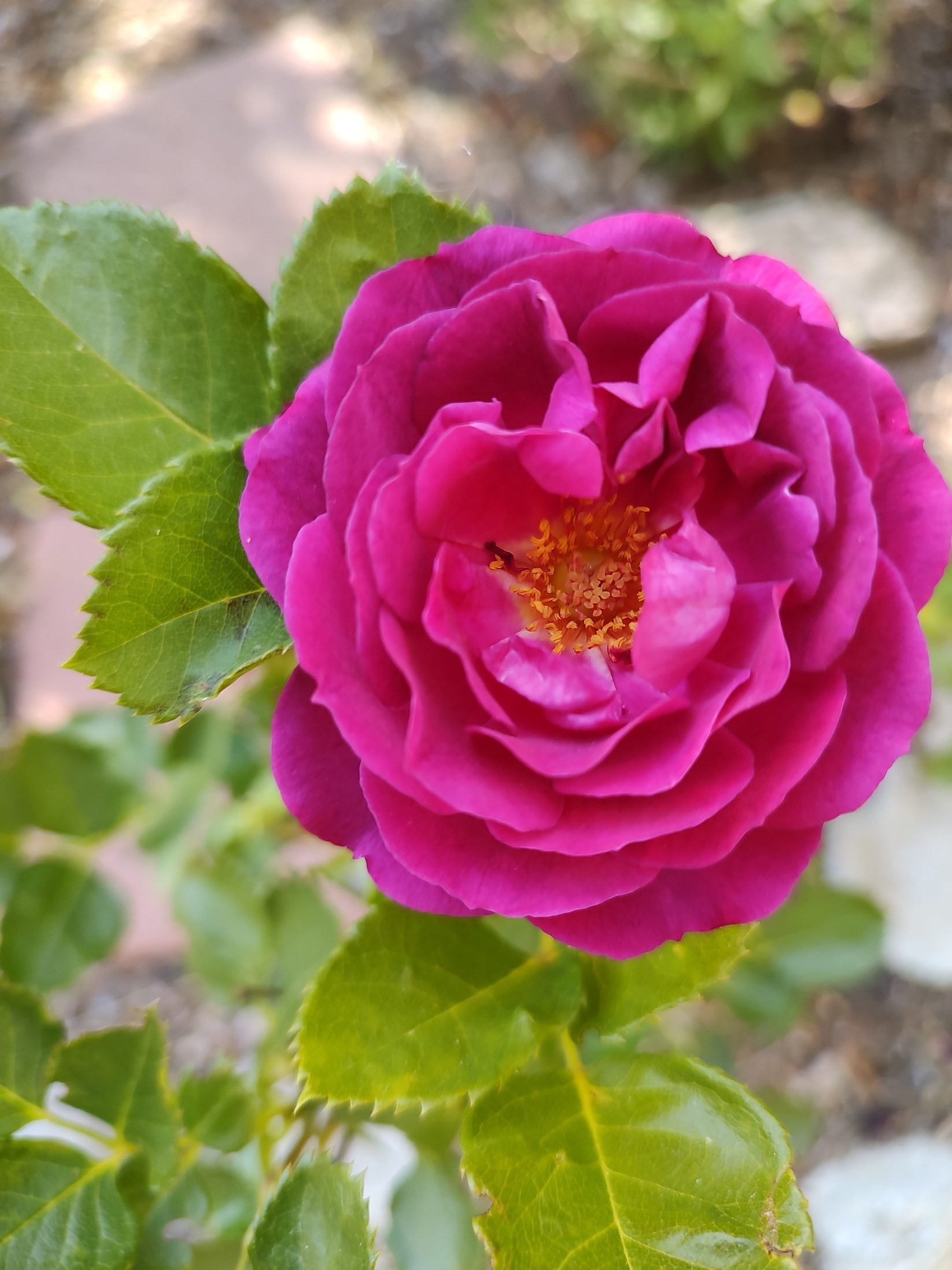
Ruminations today on what we mean by the “strong female character” and why this might be a more relevant conversation than I thought, given the state of feminism and challenges some female friends are facing.

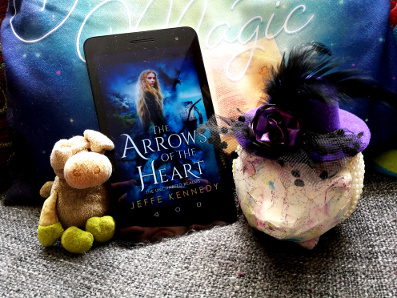
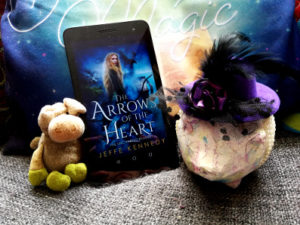
THE ARROWS OF THE HEART won an award! I’m also telling a story today about how men and women talk differently about their pain. Also the continuing saga of THE FIERY CITADEL revision, and how being an auditory learner affects how my brain recalls words.

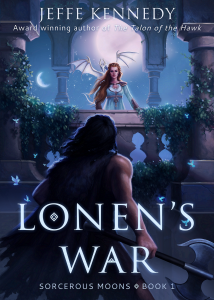
I received a very interesting set of questions on Facebook from a reader who just finished reading WARRIOR OF THE WORLD. They’re such good questions that they deserve a thoughtful answer, so I decided to do that here. I hope she doesn’t mind!
She said:
…one of the things that I feel like you do extremely well is create empathy for both “sides” of a war/ disagreement/conflict. In art, as in life I see most often empathy/sympathy being created with blame/making the other side the “bad guy”, etc. You seem to…skip that part? So this is a two part question:
1. Do you find yourself able to do that within your own life? (like are you less of a blamer, more of a solution finder – I’m working so so so hard on that with my kids and am interested in the HOW of it)
2. And two, HOW do you do it, first within yourself, and then secondarily, how do you WRITE it so that I, as a reader, don’t find myself coming down overly hard on one side – how do you make the gray the overwhelming tone, rather than the black and white?
So, here are my answers, plus a few more thoughts.
Looking at the story in WARRIOR OF THE WORLD, part of what I wanted to get was the female perspective on war. I think a whole lot of war – both in real life and in fiction – tends to be driven by male aggression. It’s not across the board, but I think it’s a strong driver, particularly in this century when so many wars have been driven by political ambitions and corporations wanting to monopolize resources. The war pending in this book is about controlling scarce resources, with those on the lean end wanting to attack those with plenty. The women in the book point out that just because one arm of a society is aggressive, however, doesn’t mean that everyone in that culture feels the same. A large part of any society gets dragged along with whatever the leaders decide – and often those being dragged along are women, children, the elderly, and those unable or unwilling to be warriors, for whatever reason. I think this was maybe different in other wars. I like to imagine the women of the American Revolutionary War and Civil War were much more involved because those were conflicts that directly impacted daily living and quality of life.
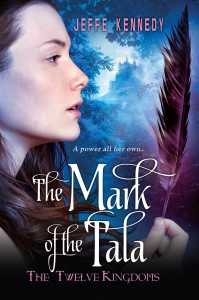
Now, men often criticize women writers for focusing on what they perceive as minutiae. Naturally, however, the person who sits down at table to consume a meal has a very different perspective than the person responsible for putting three nutritious meals on that table every day. This doesn’t have to fall out along gender lines, but it often does, particularly in the last century. When you have pretty much one gender in another country fighting a war and the other back at home, then you know which one is thinking about the daily minutiae of living. So, in this story, I wanted to deliberately draw that out and have the women of the family say, “Hey, who are you raging at? Do you think the babies and eldsters want to attack you?” They’re taking that position of recognizing the other’s story.
This is something that’s important to me as a person and as a writer, which is part of why I love the trope of enemies-to-lovers. That’s part of why I put LONEN’S WAR at the top, though I also explored similar themes in THE MARK OF THE TALA. That LONEN’S WAR cover encapsulates a great deal of that theme for me – of confronting the supposedly monstrous enemy and coming to not only understand them, but to love them. That whole Sorcerous Moons series is about two warring cultures coming together in part by learning each other’s stories.
How’s that for a long answer?